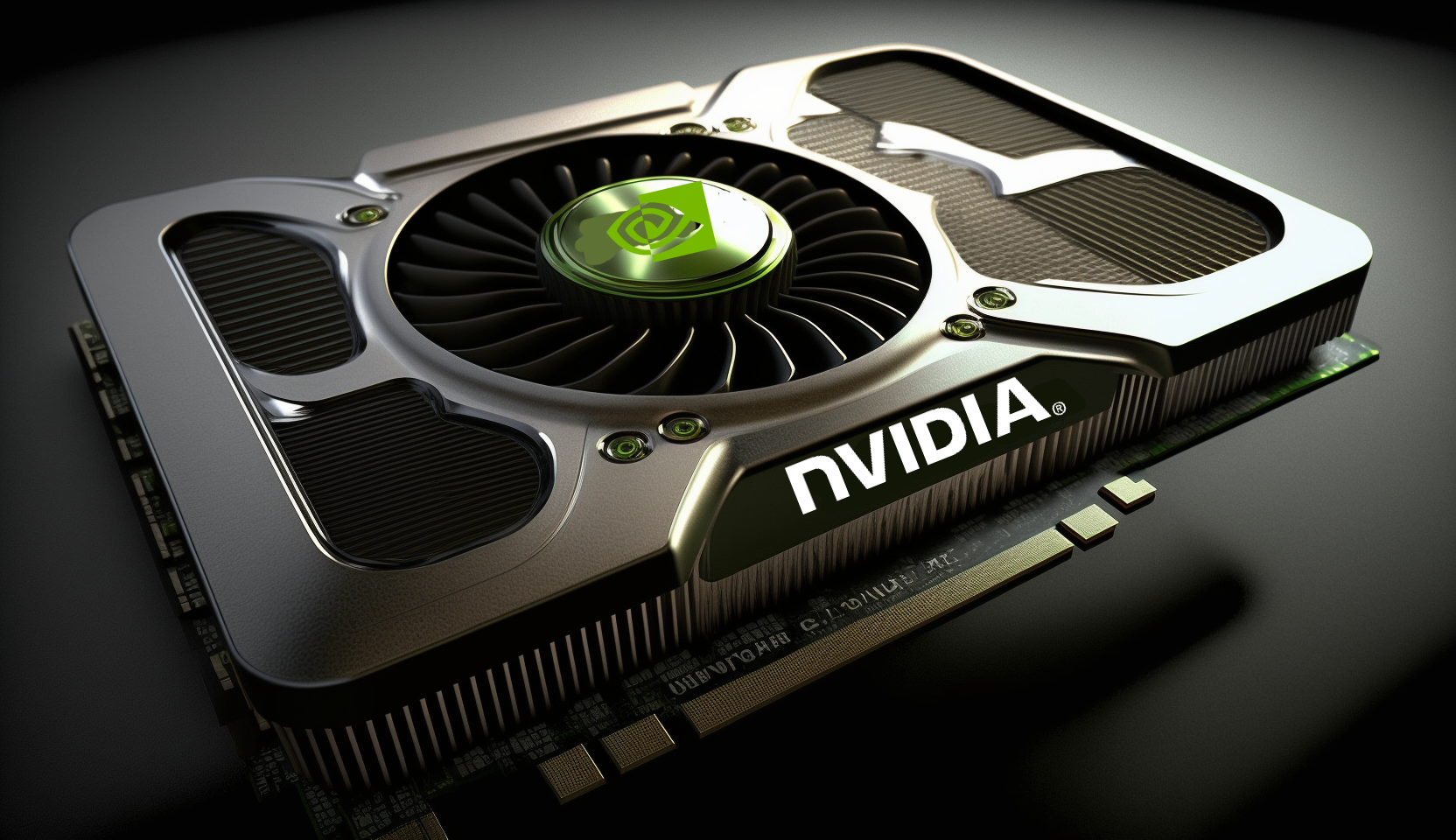In a significant market shift, tech and chip stocks experienced a sharp decline today, with industry giants like Nvidia, ASML, and Taiwan Semiconductor Manufacturing Company (TSM) leading the downturn. This sudden plunge comes amidst a perfect storm of geopolitical tensions, potential regulatory changes, and a broader rotation out of tech stocks.
The semiconductor industry, which has been riding high on the artificial intelligence (AI) boom, found itself at the center of multiple concerns. One of the primary factors contributing to the sell-off is the potential for tighter restrictions on exports of semiconductor technology to China. Bloomberg reported that the Biden administration is considering implementing more severe curbs on foreign-manufactured products that use even the smallest amount of American technology. This move could significantly impact U.S.-based companies’ ability to sell to China, a crucial market for many chip manufacturers.
ASML, the Netherlands-based chip equipment maker, saw its stock plummet by as much as 11%, marking the steepest decline among its peers. The company’s third-quarter guidance, which fell short of analyst expectations, added to the pressure on its stock. Despite beating second-quarter expectations, ASML’s revenue forecast for the current quarter and its projected gross margin range disappointed investors.
Nvidia, a darling of the AI boom, wasn’t spared from the sell-off. The company’s stock dropped more than 5% as investors recalibrated their expectations in light of potential export restrictions. Nvidia has already seen its sales to China decrease as a percentage of total data center revenue, from 19% in fiscal year 2023 to 14% in fiscal year 2024.
Adding fuel to the fire were comments from former U.S. President Donald Trump, who suggested that Taiwan should pay the United States for protection against potential Chinese aggression. Trump’s remarks, published in a Bloomberg Businessweek interview, sent shockwaves through the industry, particularly affecting TSM, which saw its shares fall more than 7%. Taiwan is a crucial hub for semiconductor manufacturing, with approximately 92% of the world’s most advanced chipmaking capacity.
The broader tech sector also felt the impact of this semiconductor slump. The tech-heavy Nasdaq 100 index was down more than 2%, underperforming the small-cap Russell 2000 index. This shift reflects a recent rotation out of big-cap tech names into small-cap stocks, a trend that began last week following the latest inflation data.
However, not all chip-related stocks suffered. U.S.-based companies like Intel and GlobalFoundries saw their shares rise, as they are perceived as potential beneficiaries of the Biden administration’s push to onshore chip production to the United States.
The semiconductor industry’s volatility highlights its sensitivity to geopolitical factors and regulatory changes. As the U.S. and China continue their technological rivalry, and as governments worldwide recognize the strategic importance of chip manufacturing, the sector may face ongoing uncertainty.
Investors and industry watchers are now closely monitoring how these developments will impact the long-term prospects of chip companies and the tech sector as a whole. The potential implementation of stricter export controls could reshape global supply chains and force companies to rethink their international strategies.
As the dust settles on this tumultuous trading day, it’s clear that the semiconductor industry stands at a crossroads. The interplay of technological advancement, geopolitical tensions, and regulatory pressures will likely continue to shape the sector’s trajectory in the coming months and years. For investors, navigating this landscape will require a keen understanding of both technological trends and geopolitical dynamics.
